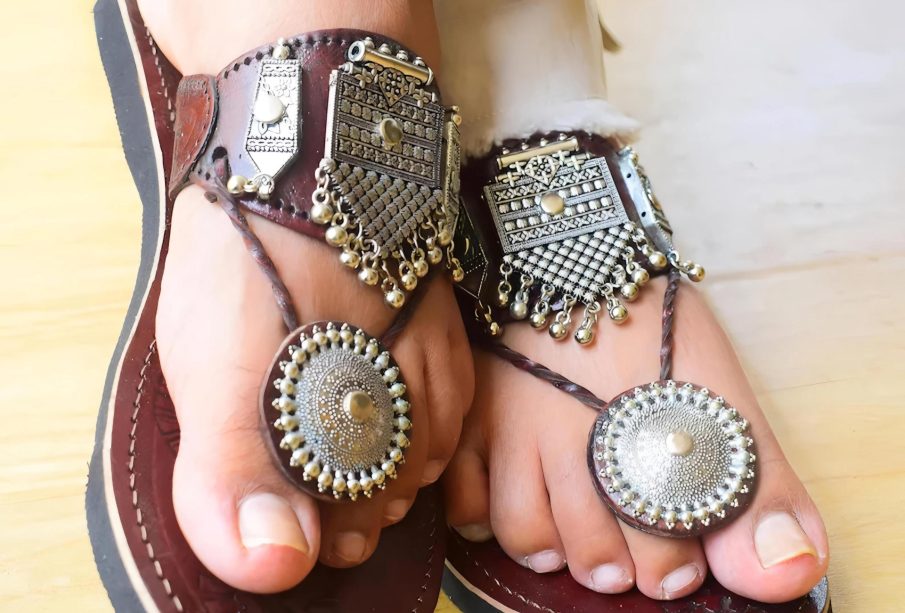Exploring the Heritage of Kolhapuri Sandals

Introduction
Kolhapuri sandals are not just a mere piece of footwear; they are a symbol of India’s rich cultural heritage and traditional craftsmanship. Originating from the Kolhapur district of Maharashtra, these intricately designed sandals have gained popularity both nationally and internationally due to their unique style and durability. As consumers increasingly look for products that blend tradition with comfort, Kolhapuri sandals stand out as a fashionable yet culturally significant choice.
History and Craftsmanship
Dating back to the 12th century, Kolhapuri sandals have a long history rooted in Indian craftsmanship. Traditionally made from high-quality leather, these sandals are hand-crafted by skilled artisans using techniques passed down through generations. The artisans meticulously create each pair by hand, ensuring that every sandal has its own unique character. The intricate designs often include motifs inspired by regional art and nature, showcasing the creativity of the artisan.
The sandals are not only famous for their artistic designs but also for their comfort and durability. Designed to provide support for the feet, Kolhapuri sandals feature a flat sole that adapts to the wearer’s foot shape over time. This aspect makes them a popular choice for both casual and formal occasions, catering to diverse consumer preferences.
Economic Impact and Contemporary Trends
In recent years, the popularity of Kolhapuri sandals has surged, contributing positively to the local economy in Kolhapur and surrounding areas. Many artisans are now receiving recognition and fair compensation for their work, thanks to both local and international demand for these traditional sandals. Furthermore, various initiatives have been launched to promote the craft, helping artisans market their products through e-commerce and social media platforms.
Contemporary fashion trends have also embraced Kolhapuri sandals, integrating them into modern styles. Designers have begun to collaborate with artisans, creating innovative designs that appeal to younger audiences. This fusion of traditional craftsmanship and contemporary fashion is helping to sustain the art form while introducing it to new markets.
Conclusion
Kolhapuri sandals represent more than just traditional footwear; they embody a rich cultural legacy and a commitment to sustainable craftsmanship. As the trend of supporting handmade products continues to rise, the significance of Kolhapuri sandals is likely to grow even further, ensuring that this historical craft stays alive for future generations. For anyone looking to add an authentic touch to their wardrobe, investing in a pair of Kolhapuri sandals is a decision that blends style with cultural appreciation.









